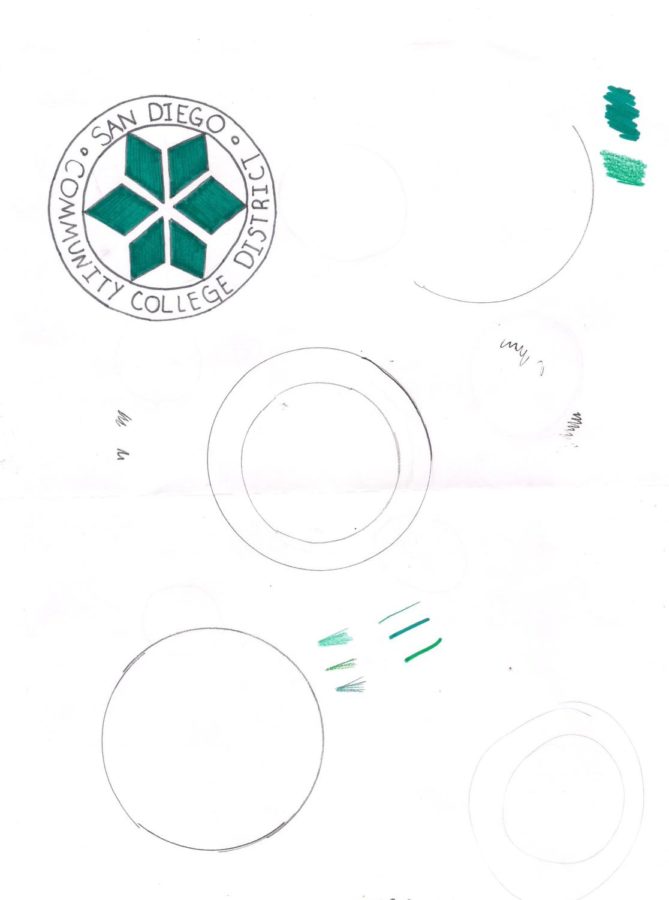Community College a Reasonable and Respectable Path
June 6, 2019
At the end of high school, it seems as though everyone is pushing top universities and encouraging expensive four-year schools. However, one extremely viable option is often overlooked. Community college can be a great alternative for further schooling since it is more affordable, helps students transition into adulthood, and provides an excellent education.
“Researchers found that the average cost of college for the 2017–2018 school year was 20,770 dollars for public schools (in-state) and 46,950 dollars for nonprofit private schools, only including tuition, fees, and room and board.” Community Colleges, however, cost students, on average, just 3,260 dollars per year. Community College provides students with a fantastic education — sans the debt (valuepenguin.com).
Furthermore, Community College is an excellent option for students who don’t know what they want to major in. According to a website on why to start at a community college, “It’s a chance to explore different majors. What happens if you spend all that money on an expensive school only to switch majors, making some of your costly credits worthless? At a Community College, the smaller financial risk gives you more freedom to explore and change your mind” (forbes.com).
Another benefit to Community College is the more intimate learning environment. According to the University of Central Florida, large lecture halls are often not conducive to learning due to the fact that they create a more passive experience (fctl.ucf.edu). These university class sizes are often unavoidable unless students pay to go to selective private schools… or go to Community College. Small Community College classes are a better transition from high school because their classes are often only a little bit larger than high school classes. These smaller class sizes can often provide more one-on-one time with the professor.
Finally, Community College never has to be a final destination. Most Community Colleges offer transfer programs with local universities, who will take student Community College credits and put them towards a four-year degree. San Diego colleges offer an extensive program called the San Diego Promise, which “…provides two years of tuition at City, Mesa, and Miramar Colleges for first-time, full-time students. Leveraging funds provided by the state of California through the California College Promise, and with support of generous donors, the San Diego Community College District is ensuring that no deserving student is denied access to quality higher education due to lack of resources,” according to their website (sdccd.edu).
UC High Graduate Dorian Uson explained, “I was able to get ahead in what I wanted to do and figure out what I wanted to do for free. Community Colleges often offer programs that can actually get you into a better university when you transfer compared to the options you might have straight out of high school.”
One of the leading arguments against Community College is that it doesn’t provide the same college experience or extracurriculars that a university does. This is simply not true. Community College campuses offer extensive programs, everything from lab groups to unique clubs to school newspapers. Some students might even find that they like Community College better than a university, since students there are often less focused on partying and socializing in dorms, making the environment more serious.
Overall, Community College is an excellent opportunity for students to immerse themselves in the college environment at the speed and cost that’s right for the them. While it might not be the path for everyone, it’s a completely reasonable and respectable path.


